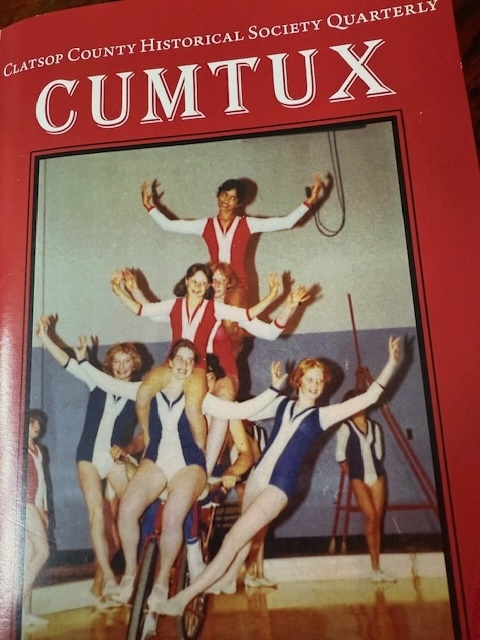Bookmonger: Singing the praises of home
Published 9:00 am Tuesday, December 27, 2022

- “Home is Where the Birds Sing” is by Cynthia Rylant, and illustrated by Katie Harnett.
Many of us are home for the holidays — and in many places, including the Northwest, the concept of “home” suggests shelter, warmth, conviviality and comfort during the coldest, darkest time of the year. Often, it involves family as a major component.
Trending
That is why I’d like to focus this week on a new book called “Home Is Where the Birds Sing.” Author Cynthia Rylant has written more than 100 books for children and teens — many of these have been written while she’s lived in Oregon over the last three decades.
But Rylant’s formative years were spent primarily in rural West Virginia. For a while she lived with her grandparents. Her 1996 picture book, “Christmas in the Country,” is reminiscent of those times.
Later on, Rylant lived with her single, working mom. But her dad disappeared from her life when she was very young. So Rylant is fully aware of the idea that all of us harbor memories of families — whether they are fun, fractured, loving or flawed.
Trending
“Home Is Where the Birds Sing” contains fewer than half the number of words in this book review, but Rylant knits those words together in carefully-crafted sentences that advance thoughtful ideas about what makes a place feel like home.
She launches with the statement, “home is where you come in from the rain,” then goes on to invite readers to think about the other ways that make a place feel like a home.
It might have something to do with having friends over, telling stories to one another, or breaking bread together. It might be a good place for using private time to take a bath or curl up with a pet.
Artist Katie Harnett used colored pencil and gouache to create bright visual complements to the text. At first glance, Harnett’s illustration style seems rather crudely rendered, but look more closely and you’ll discover riches.
First, the illustrations ensure that a panoply of different ages and ethnicities are represented, and the scenes convey different configurations of family and friend groups.
Also, different home settings convey different interests. There are boots and bikes in many of the pictures — suggesting adventures to be had just outside one’s front door. Neighborhoods are part of one’s home turf, after all.
In Harnett’s interior scenes, you’ll spot books depicted throughout these pages — scattered on beds and tables and sofas — underscoring the importance of being able to nurture one’s imagination in the comfort of one’s own home.
As you share this book with a young reader, try going on a treasure hunt for patterns throughout this book. You’ll find a plethora of polka dots, stars, plaids and stripes. And there are birds on every page, of course, including a rubber ducky in the bathroom. Other birds are tucked away discreetly and may take some effort to find.
But for children, the book’s most essential deliverable is this: “Home is where someone calls you ‘sweetie’ or ‘dear’ or a dozen other names for love.”









